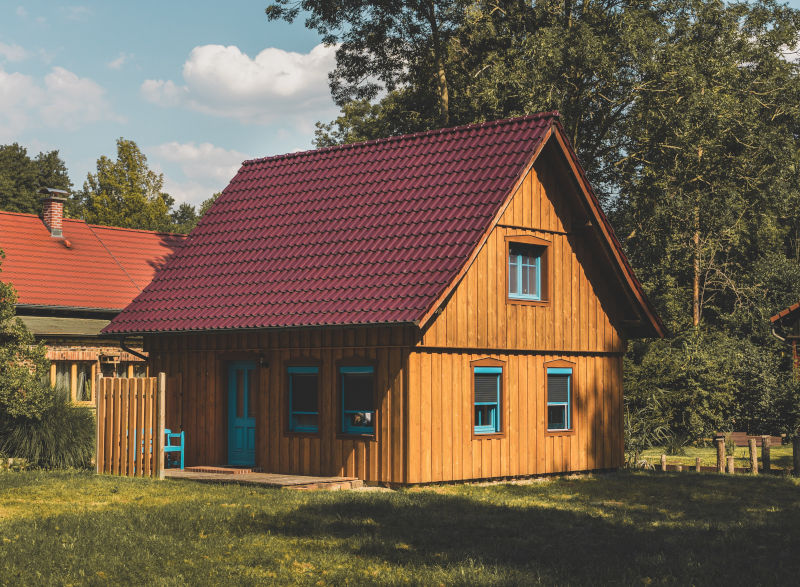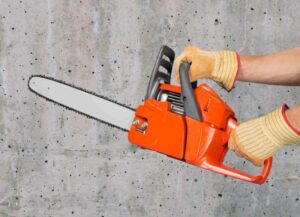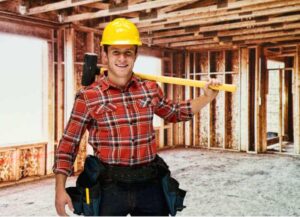Your home has the important job of being comfortable, and yet durable enough to stand up against the strongest conditions. Weatherboard homes have been a staple in neighbourhoods across Australia for this reason. But it’s still important to weigh its pros and cons to see if it’s the right option for you.
Weatherboard houses have maintained popularity due to their ability to be eco-friendly, withstand changing ground conditions, and prevent high costs during the initial construction or renovation. They do, however, fall short when it comes to long term maintenance, proper insulation, and wood damage.
Below we’re going to go through the main benefits and negative aspects of weatherboard houses.
Cons of Weatherboard Houses
As with any cladding material, there are going to be some issues that are unique to weatherboard homes. These problems may be more apparent in some cases than in others. But it is a good idea to be aware of them before deciding to purchase or construct a weatherboard home.
Maintaining weatherboard house temperature is tricky
The defining element of a weatherboard home is its thin timber exterior layers. Because of the thin layers, weatherboard homeowners often struggle with unstable temperatures inside their houses. This is because the weatherboard doesn’t function as a natural insulator as brick does. Due to the way that these homes are constructed, it is easy for air to move freely in and out of the house. This means that the temperature inside the house drops and rises quickly with weather changes.
This issue can disrupt the comfortability of your home and have an impact on your monthly energy bill. Weatherboard homes built prior to the 90s are especially prone to these inconsistencies. Because of these factors, those who live in these homes usually need to complete renovations to improve insulation. But with the right quality cutting tools, these renovations become a lot easier.
Wood damage is common in weatherboard houses
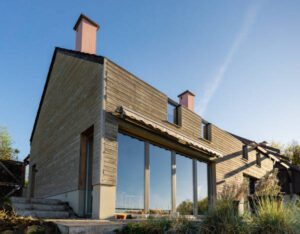 There is one natural enemy of wood that can wreak havoc on any property: termites. These destructive critters are especially a concern for weatherboard homes because they are constructed out of mostly timber. This makes them a prime target for termites which can bring about high costs for exterminators and general repairs. Make sure you have the right protective gear on, such as safety glasses, masks, and a type 6 hazmat suit, when dealing with this problem.
There is one natural enemy of wood that can wreak havoc on any property: termites. These destructive critters are especially a concern for weatherboard homes because they are constructed out of mostly timber. This makes them a prime target for termites which can bring about high costs for exterminators and general repairs. Make sure you have the right protective gear on, such as safety glasses, masks, and a type 6 hazmat suit, when dealing with this problem.
Along with termites, weatherboard homes come with the risk of wood rotting. This problem generally occurs when water has been left to sit on unprotected wood for long periods of time. This rotting can be seen on the roof, decking and verandas, in window frames and areas with regular water use like the bathroom or kitchen. Rotting can create long term structural damage that can be a hassle to deal with even if caught early on.
Weatherboard homes need a lot of maintenance
With many homes, there aren’t many regular renovations or maintenance that need to be carried out to maintain the quality of the home. But this isn’t necessarily the case for weatherboard homes. When put into comparison with other materials like brick, weatherboard requires more care and attention to keep it in good shape.
Over time, mildew can build up on the side of the structure causing it to become dirty. This often means having to depend on pressure washing to keep dirt off the home and the exterior of the material in good shape. You might also have to repaint almost every ten years to keep the aesthetic quality.
Pros of Weatherboard Houses
While there are certainly some downsides to take into account with weatherboard housing, there are also some great advantages. Check out our list of weatherboard home benefits below.
Weatherboard houses are cheaper to build
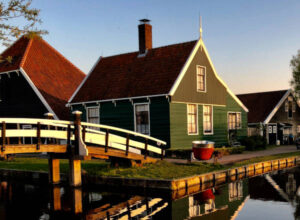 One of the biggest advantages of weatherboard homes compared to other styles and materials is the cost of building. Weatherboard homes are cheaper than others like double brick, and can still be appealing to the eye and comfortable to live in. A main contributor to the lower costs is the wider availability of weatherboards with price ranges to fit almost any budget.
One of the biggest advantages of weatherboard homes compared to other styles and materials is the cost of building. Weatherboard homes are cheaper than others like double brick, and can still be appealing to the eye and comfortable to live in. A main contributor to the lower costs is the wider availability of weatherboards with price ranges to fit almost any budget.
Weatherboard houses are also more affordable because they have a simpler building construct. The less complicated building process means that homeowners can get their houses completed quickly and efficiently with a lot less financial burden. This cost efficiency also applies to the renovations.
There are fewer factors that come into play that might increase the cost of home improvements. This is a great benefit for anyone looking to flip a weatherboard home or anyone who is buying a fixer-upper. Make sure that you understand the importance of PPE in the workplace, especially if you plan on fixing the house up yourself. Follow the right safety procedures to have the best renovation experience possible.
Weatherboard houses can be friendly to the environment
There are more efforts being made to use environmentally conscious construction methods these days. So modern homeowners are looking for options that provide great living experiences without taking a toll on the natural surroundings and environment. Weatherboard houses are a good material because of their unique options that reduce the impact they have on the environment. For example, they can be constructed using reclaimed wood that isn’t made up of harmful chemicals or materials.
Weatherboard houses move with the ground
The strongest homes can adapt to the changing features of their surroundings and be able to withstand natural developments such as ground movement. The structure of weatherboard houses achieves this goal because of their ability to be malleable and reactive to changes in the foundation under the home. When soil shrinkage or ground movement happens, other houses that are made of materials like brick often suffer cracking. This is not as prevalent of a problem with weatherboard homes because they can move with the soil and ground.
The movement of the soil can cause cracks in bricks and concrete which impacts the appealing look. Maybe it is ruining your concrete driveway. We have a beginners guide to removing a concrete driveway that will help you get the best advice if you’re thinking of going in a new direction. While you’re thinking of house building bonuses, do you know what the benefits of rendering a house are? Paragon Tools Australia offers quality bricklaying, grinding and cutting tools to assist with your home building needs.

